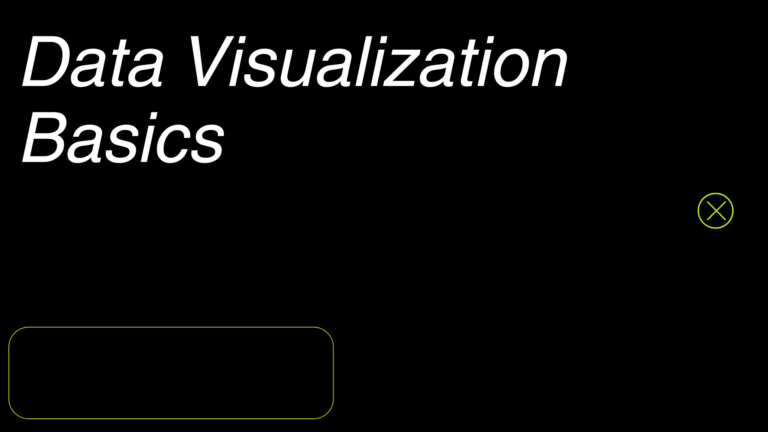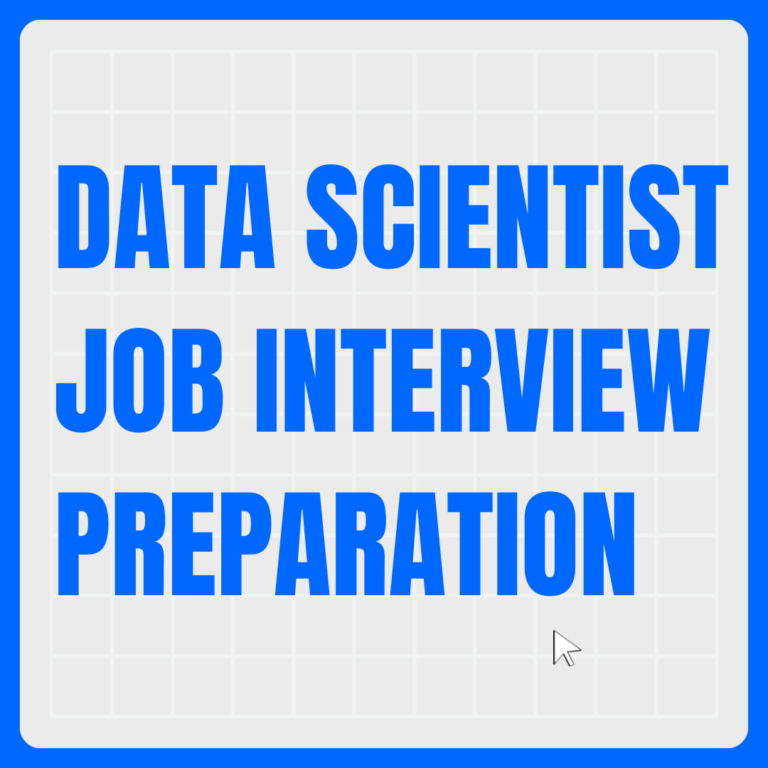Natural language processing in AI
Natural Language Processing (NLP)in AI is a fascinating and quickly developing discipline that combines linguistics, computer science, and artificial intelligence. The field of natural language processing (NLP) is concerned with how computers and human language interact, allowing machines to produce, understand, and interpret language in meaningful and practical ways. Due to the daily generation of ever-increasing amounts of text data—from research articles to social media posts—Natural Language Processing in AI has emerged as a crucial tool for automating a variety of tasks and extracting insightful information.
The basic ideas and methods of natural language processing will be examined in this article, providing insight into how it converts unprocessed text into useful knowledge. NLP covers a broad spectrum of applications that are changing industries and improving human-computer interactions, from tokenization and parsing to sentiment analysis and machine translation. Regardless of your level of experience, this summary will provide you a thorough knowledge of NLP and its importance in the current digital era.
Natural Language Processing: What Is It?
The goal of the computer science and artificial intelligence subfield of natural language processing (NLP) is to enable computers to comprehend human language. NLP makes use of several models based on statistics, machine learning, and deep learning as well as computational linguistics, the study of language. Thanks to these advancements, computers are now able to process and analyze text or speech data and fully understand what is being said or written, including the intents and feelings of the author or speaker.
Many language-based apps, including chatbots, text translation, voice recognition, and text summarization, are powered by natural language processing (NLP). Some of these applications—such as speech-to-text software, digital assistants, voice-activated GPS systems, and customer support bots—may be familiar to you. Additionally, NLP boosts productivity and efficiency for enterprises.
Computers to interpret and comprehend human language. These activities fall into a number of major categories, each of which focuses on a distinct facet of language processing. The following are some essential NLP techniques:
- Preparing and processing text In NLP
Tokenization is the process of breaking up material into smaller chunks, like words or phrases. Reducing words to their root or basic forms is known as stemming and lemmatization.
Eliminating common terms that could not have much significance, such as “and,” “the,” and “is.”
Text normalization is the process of standardizing text by deleting punctuation, fixing spelling mistakes, and applying case normalization.
- Parsing and Syntax (POS) in NLP
Tagging is the process of giving a word in a sentence a part of speech (noun, verb, adjective, etc.).
Reliance Parsing is the process of examining a sentence’s grammar to determine how words relate to one another.
Constituency parsing is the process of dissecting a sentence into its individual phrases, such as noun phrases and verb phrases.
- Analysis of Semantics
Named Entity Recognition (NER) is the process of recognizing and categorizing names of individuals, groups, places, dates, and other entities in text.
Word sense disambiguation (WSD) is the process of figuring out a word’s meaning in a particular situation.
Determining when two terms in a text refer to the same thing (for example, “he” refers to “John”) is known as coreference resolution.
- Extraction of Information
Entity extraction is the process of locating particular entities in a text and understanding their connections.
Relation extraction is the process of locating and classifying the connections between different textual elements.
- NLP Text Categorization
Sentiment Analysis: Determining the sentiment or emotional tone expressed in a text (e.g., positive, negative, neutral).
Finding themes or subjects in a sizable document collection is known as topic modeling.
Text classification as spam or non-spam: Spam detection.
- Language Production
Machine translation is the process of translating text between languages.
Text Summarization: Condensing a lengthy text into a manageable summary.
Text generation is the process of automatically producing logical, contextually appropriate text.
- Voice Recognition
Text to speech conversion is known as speech recognition.
Speech-to-Speech (TTS) Synthesis: The process of translating written words into spoken ones.
- Finding and retrieving the most pertinent text passage in response to a query is known as Question Answering Retrieval-Based Quality Assurance.
Generative quality assurance involves creating a response utilizing the data present in a text corpus.
- Conversational Frameworks
Chatbots and virtual assistants: These technologies allow systems to converse with people, reply to their messages, and carry out actions in response to their input.
- Using NLP for Sentiment and Emotion Analysis
Textual emotion expression can be recognized and categorized using emotion detection.
Opinion mining: Examining reviews or opinions to gauge how the general public feels about certain goods, services, or subjects.
Applications of Natural Language Processing (NLP):
Spam filters: Spam is one of the most annoying aspects of email. Gmail use natural language processing (NLP) to distinguish between spam and valid emails. These spam filters attempt to interpret the text in every email you receive in order to determine whether or not it is spam.
Algorithmic Trading: This technique is employed to forecast conditions in the stock market.
Recapitulating Data: There is a wealth of information available on the internet, much of it in the form of lengthy publications or essays.
Future Scope: Bots: Chatbots let customers rapidly get to the point by responding to their questions and directing them to pertinent items and information at any time of day or night. Chatbots need to be quick, intelligent, and simple to use in order to be effective. To do this, chatbots use natural language processing (NLP) to comprehend language, typically during text or voice recognition interactions.
Encouraging the invisible UI: Human communication—spoken and written—is involved in almost all of our interactions with technology. The Amazon Echo is only one example of the future trend that will see people interact more with technology. The idea of an invisible or zero user interface will depend on spoken, written, or a combination of the two forms of direct communication between the user and the system.
Smarter Search: We’ve been talking about better search at Expert System for a while now, and part of the future of NLP includes it. Instead of concentrating on keywords or themes, smarter search enables a chatbot to comprehend a customer’s request and pide “search like you talk” functionality—much like you could ask Siri.
Regional languages, languages spoken in rural areas, and other languages that are presently unavailable can all be employed with the NLP algorithms.
Translation, done at a larger scale, of a statement from one language into another.
Conclusion
Conclusion, the study of Natural Language Processing (NLP) has greatly changed how people communicate with computers, making it easier and more efficient. NLP includes a broad range of methods and strategies for producing, deciphering, and comprehending human language. The influence of natural language processing (NLP) may be seen in a wide range of fields, from simple tasks like tokenization and part-of-speech tagging to complex applications like sentiment analysis and machine translation. NLP has enormous potential to improve human-computer interaction and address challenging language-related problems as technology develops further, propelled by breakthroughs in machine learning and artificial intelligence. Anyone wishing to take use of natural language processing’s capabilities in the contemporary digital environment must comprehend its fundamental ideas and uses.








